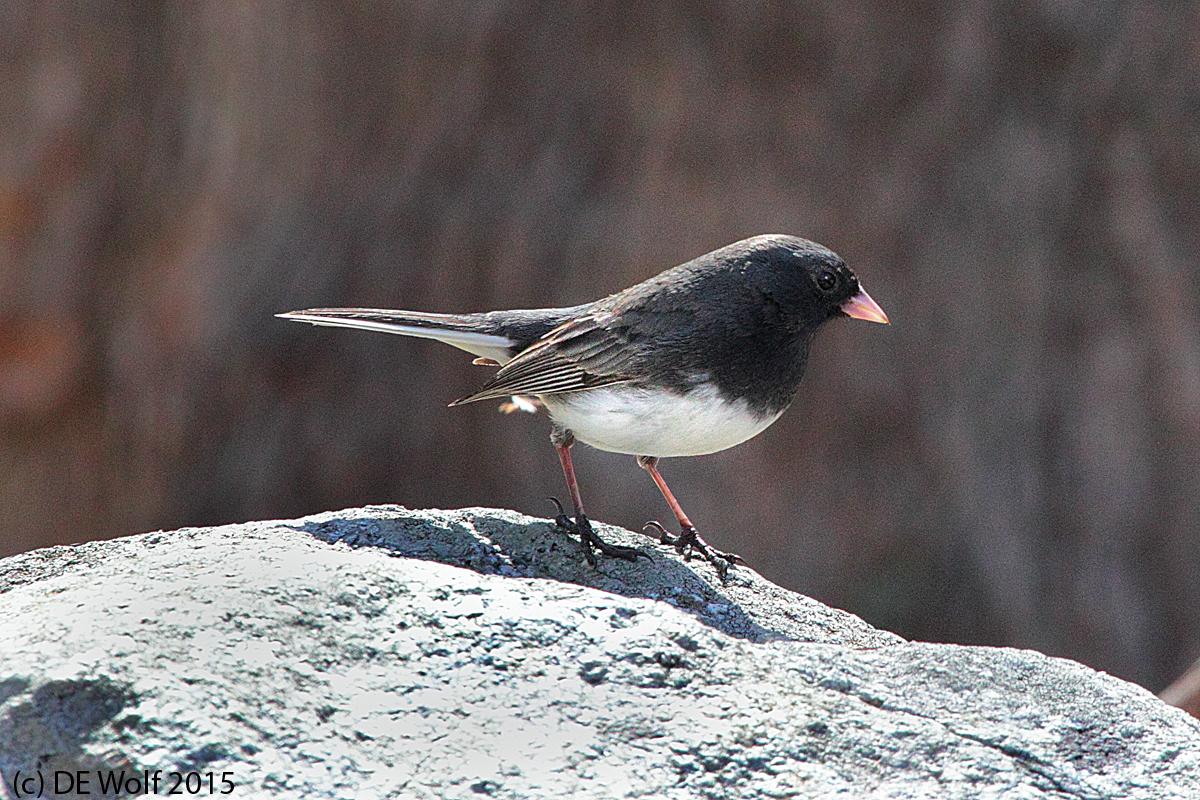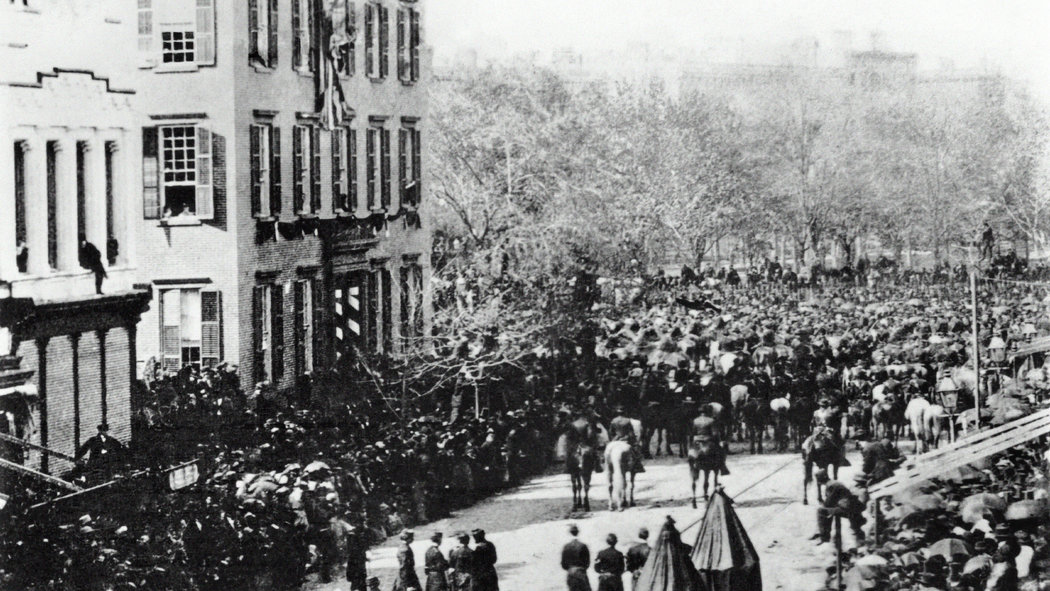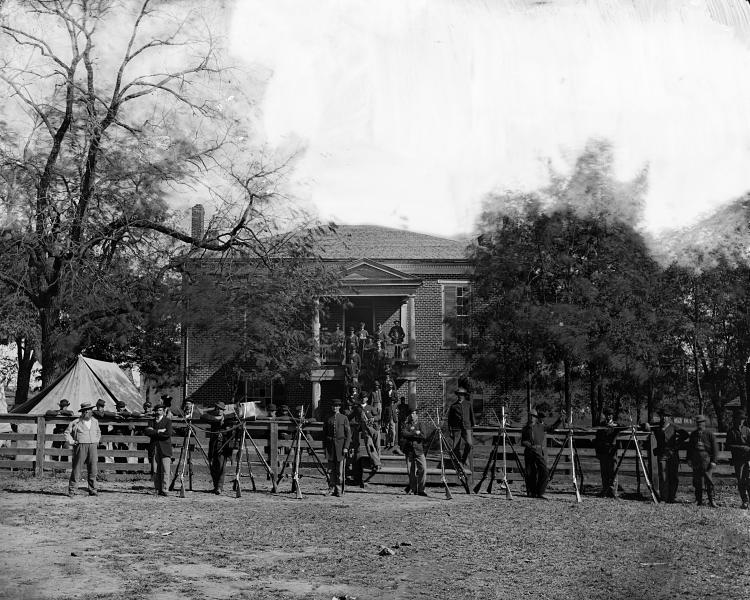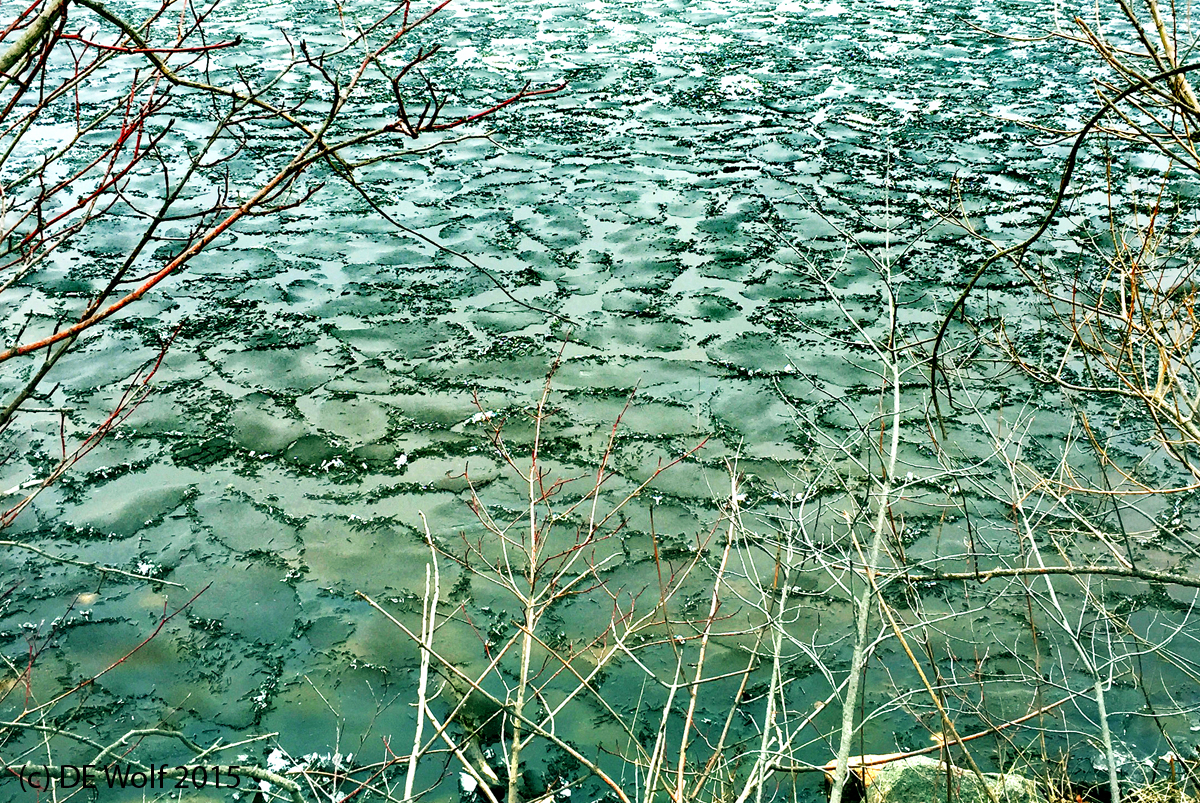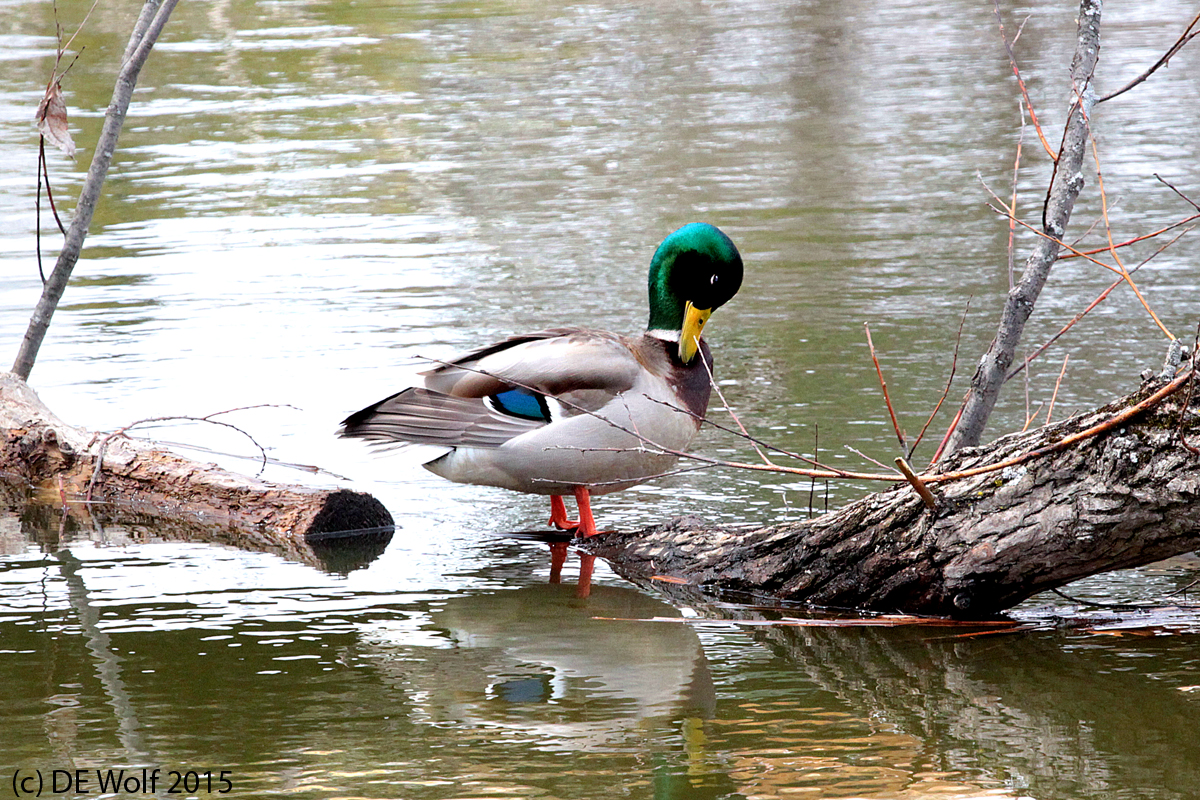You may recall from the hit musical “Auntie Maime” that Maime’s husband dies while they are on their honeymoon because he backs up too far while climbing the Matterhorn to get a picture. It stands as an important literary reminder to photographers everywhere that they should be careful when taking pictures. Yesterday I almost fell with my camera because I backed up into a rock on the ground. The photograph is not worth your safety. Tell that to war correspondents everywhere!
Case in point, is Pakistani photographer Atif Saeed, who captured this absolutely incredible image of a snarling lion at a wildlife park outside of Lahore. He had slowly crept out of his car’s open door. Wait a minute it was night time, you know dinner time for the lion family. Mr. Saeed sat on the ground taking pictures at what he called “a stone’s throw” from Mr. Lion and was forced to make a very hasty retreat when the lion saw and sprung at him. After all that is what lions do.
I have a colleague, Dr. Kenneth Spring, who wrote an autobiography detailing his summers in Onset, Massachusetts, where as a boy he did well crazy boy things, often verging on the suicidal. Fortunately, for the field of biophysics Ken survived. He is retired now and building and restoring Small Open Boats (SOB) on Maryland’s eastern shore. His memoirs are titled after what his mother would see when he came home from near disaster. Ken, “What were you thinking?” So, while I admire the photograph hugely, I have to ask Atif, “What were you thinking?”

